Author: Will Lovell
The domestic counterpart to one of the most popular noble hop varieties, US Saaz is simply regular Czech Saaz grown in the Unites States, and unsurprisingly, they share many of the same characteristics. However, some claim that due to variations in climate and growing conditions, US Saaz exhibits more citrus notes than its Czech sibling with hints of cherry, while also tending to have a slightly higher alpha acid content.
Alpha: 3.0 – 5.0%
Beta: 4 – 6%
Cohumulone: 24 – 28%
Total Oil: 0.3 – 1.0 mL/100g
Myrcene: 25 – 37%
Humulene: 23 – 40%
Caryophyllene: 7 – 11%
Farnesene: 9 – 13%
Linalool: 0.4 – 0.6%
Geranaiol: 0.1 – 0.4%
ß-Pinene: 0.1 – 0.5%
Parentage: landrace from Czech Republic
In the years I’ve been brewing, I’ve used Czech Saaz many times and have developed quite a liking for its characteristic floral and spicy notes, especially when used in pale lager styles. While I’ve known US-grown Saaz existed for some time, I only recently felt compelled to pick some up to learn more about how it compares to its European counterpart.
| MAKING THE BEER |
I went with our standard Hop Chronicles pale lager recipe for this batch, making small adjustments to the kettle hop additions to keep the bitterness in check.
US Saaz Pale Ale
Recipe Details
| Batch Size | Boil Time | IBU | SRM | Est. OG | Est. FG | ABV |
|---|---|---|---|---|---|---|
| 5.5 gal | 60 min | 20.5 | 3.6 SRM | 1.046 | 1.008 | 4.99 % |
| Actuals | 1.046 | 1.008 | 4.99 % | |||
Fermentables
| Name | Amount | % |
|---|---|---|
| Llano Pilsner | 10.75 lbs | 100 |
Hops
| Name | Amount | Time | Use | Form | Alpha % |
|---|---|---|---|---|---|
| Saaz | 22 g | 60 min | Boil | Pellet | 5.2 |
| Saaz | 10 g | 30 min | Boil | Pellet | 5.2 |
| Saaz | 10 g | 5 min | Boil | Pellet | 5.2 |
Yeast
| Name | Lab | Attenuation | Temperature |
|---|---|---|---|
| Global (L13) | Imperial Yeast | 77% | 46°F - 55.9°F |
Notes
| Water Profile: Ca 66 | Mg 0 | Na 8 | SO4 88 | Cl 54 |
Download
| Download this recipe's BeerXML file |
I started this brew day by collecting the full volume of RO water that I adjusted to my desired profile before weighing out and milling the malt.
When the water was properly heated the next morning, I incorporated the grains then checked to ensure the mash was at my desired temperature.
During the mash rest, I prepared the kettle hop additions.
Once the 60 minute mash was complete, I removed the grains and proceeded to boil for 60 minutes, adding hops at the times stated in the recipe.
When the boil was complete, I quickly chilled the wort then transferred it to a sanitize FermTank.
A refractometer reading showed the wort was at my target OG.
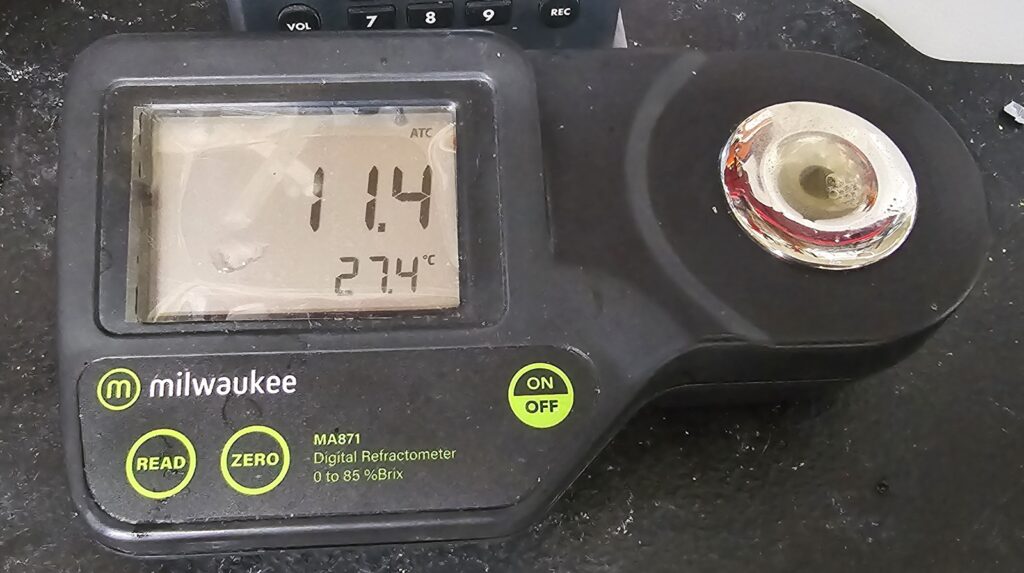
After transferring the wort to a sanitized fermented, I direct pitched a single pouch of Imperial Yeast L13 Global.
The beer was left to ferment at 64°F/17°C for a couple weeks before I took a hydrometer measurement confirming FG was reached.
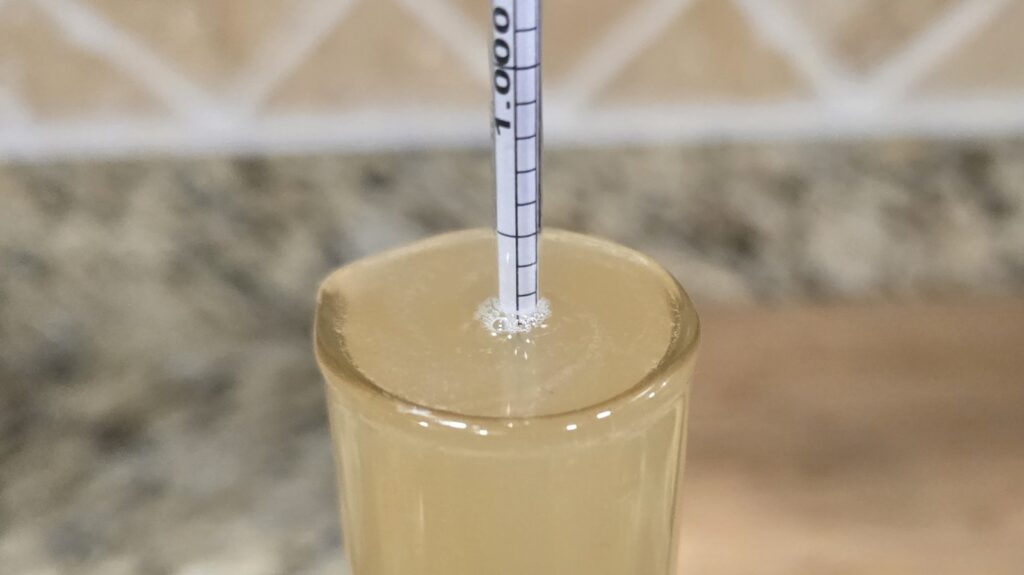
With fermentation complete, I cold crashed the beer then pressure-transferred it to a CO2 purged keg, which was placed in my kegerator and burst carbonated overnight before the gas was reduced to serving pressure. After a couple weeks of conditioning, it was ready to serve to blind tasters.
| METHOD |
Participants were instructed to focus only on the aromatic qualities of the beer before evaluating the flavor. For each aroma and flavor descriptor, tasters were asked to write-in the perceived strength of that particular characteristic on a 0-9 scale where a rating of 0 meant they did not perceive the character at all and a 9 rating meant the character was extremely strong. Once the data was collected, the average rating of each aroma and flavor descriptor was compiled and analyzed.
| RESULTS |
A total of 23 people participated in the evaluation of this beer, all blind to the hop variety used until after they completed the survey. The average aroma and flavor ratings for each descriptor were plotted on a radar graph.
Average Ratings of Aroma and Flavor Perceptions
The 3 characteristics endorsed as being most prominent by participants:
| Aroma | Flavor |
| Citrus | Citrus |
| Tropical Fruit | Tropical Fruit |
| Apple/Pear | Stone Fruit |
The 3 characteristics endorsed as being least prominent by participants:
| Aroma | Flavor |
| Onion/Garlic | Dank/Catty |
| Dank/Catty | Onion/Garlic |
| Spicy/Herbal | Spicy/Herbal |
Next, participants were asked to rate the pungency/strength of the hop.
Tasters were then instructed to identify beer styles they thought the hop would work well in.
Finally, participants were asked to rate how much they enjoyed the hop character on a 0 to 10 scale.
My Impressions: While I perceived some definite noble-esque characteristics in this beer, to my senses, it had stronger fruity citrus notes compared to regular Saaz. Overall, I found this beer to be quite enjoyable, though not entirely analogous to a pale lager made with Czech Saaz.
| CONCLUSION |
Known primarily for its use in traditional Czech Pilsner, Saaz is a landrace variety that has rightfully earned a very positive reputation, which may help to explain the reason farmers in the United States decided to grow it. Compared to traditional Saaz, the US-grown version is said to contribute similar notes of floral and spice along with a unique citrus quality.
Indeed, the most prominent aroma and flavor characteristics noted by people who evaluated a pale lager made solely with US Saaz were citrus and tropical fruit, while onion/garlic and dank/catty were the least endorsed characteristics. Curiously, ratings of spicy/herbal, a descriptor often associated with Saaz, was also quite low, though this may be a function of the fruity notes simply overpowering subtler characteristics.
While I thoroughly enjoyed this US Saaz pale lager and certainly plan to use this hop more in the future, it was quite a bit different than what I’ve experience with Czech Saaz, namely in terms of the citrus note it imparted. This is far from being a bad thing, in fact I think this fruiter noble hop has a place in many styles, for example West Coast Pilsner, I just wouldn’t rely on it when my aim is to produce a classic European Pilsner.
US Saaz hops are available now at Yakima Valley Hops, get some while you can! If you have any thoughts on this variety, please feel free to share them in the comments section below.
Support Brülosophy In Style!
All designs are available in various colors and sizes on Amazon!
Follow Brülosophy on:
FACEBOOK | TWITTER | INSTAGRAM
If you enjoy this stuff and feel compelled to support Brulosophy.com, please check out the Support page for details on how you can very easily do so. Thanks!



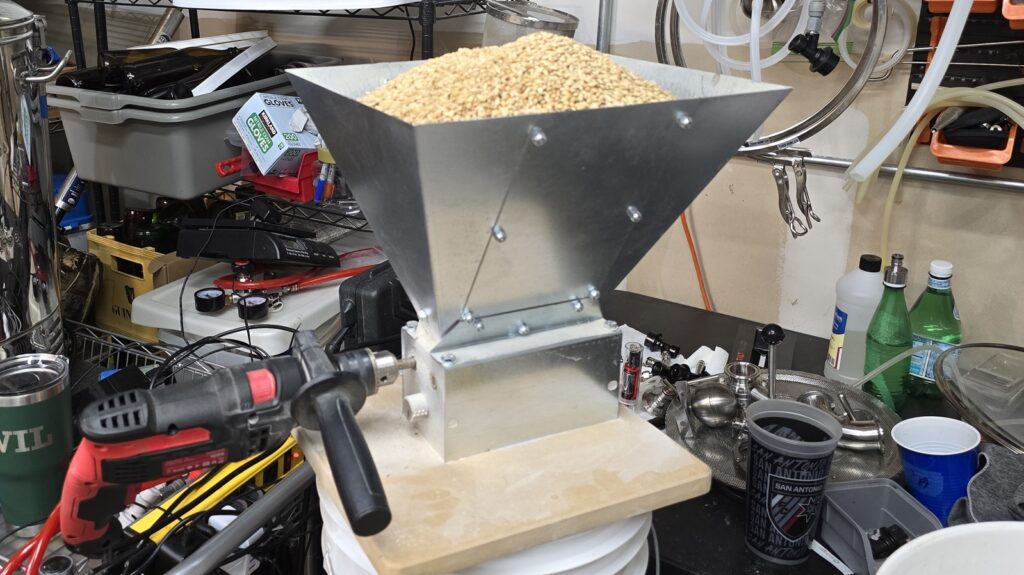
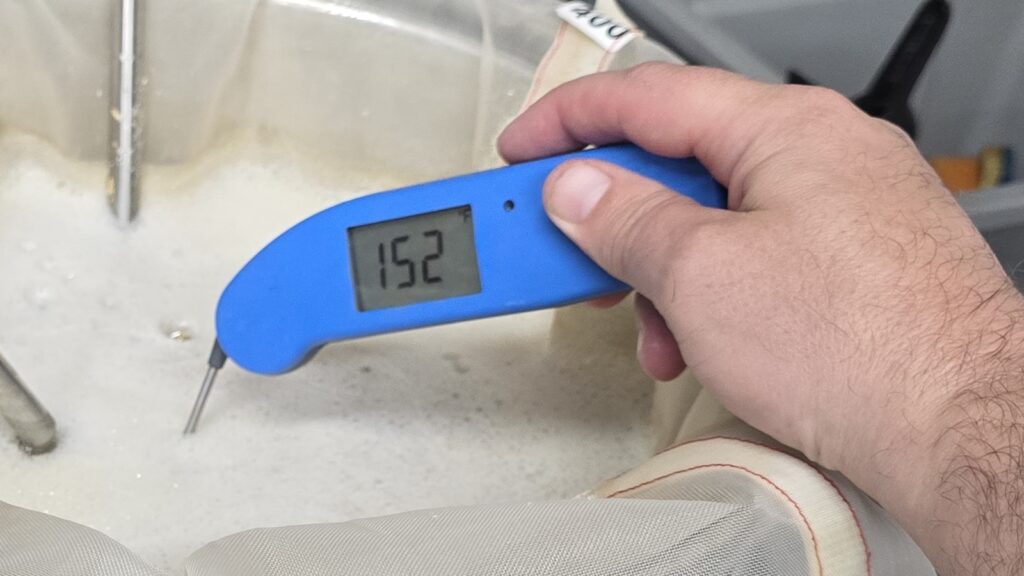
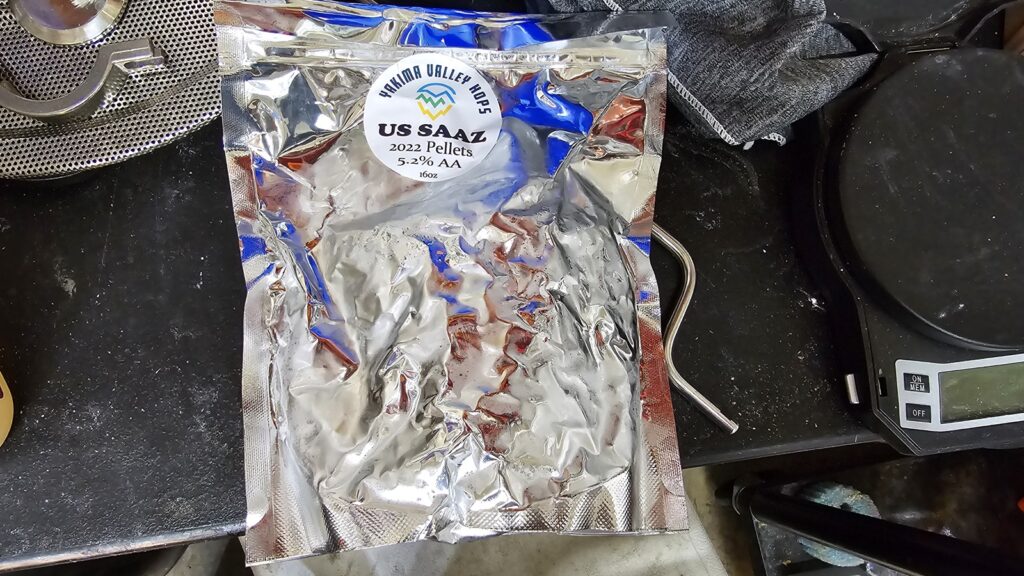
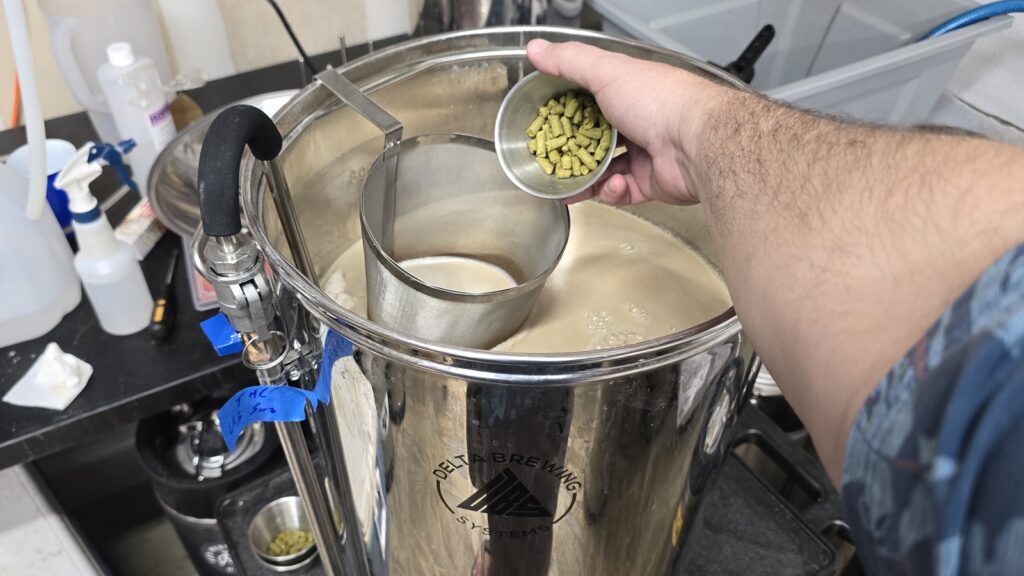
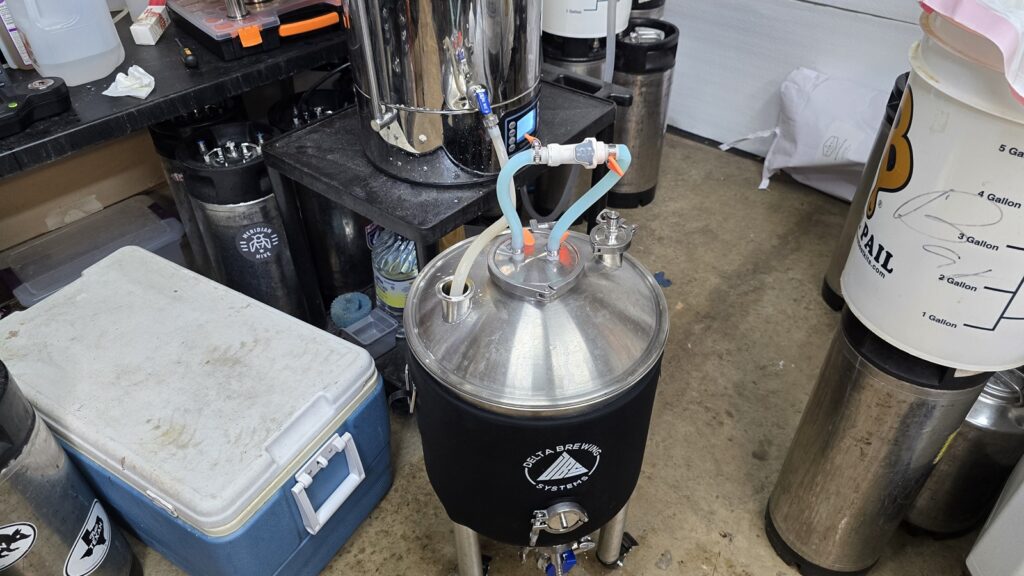
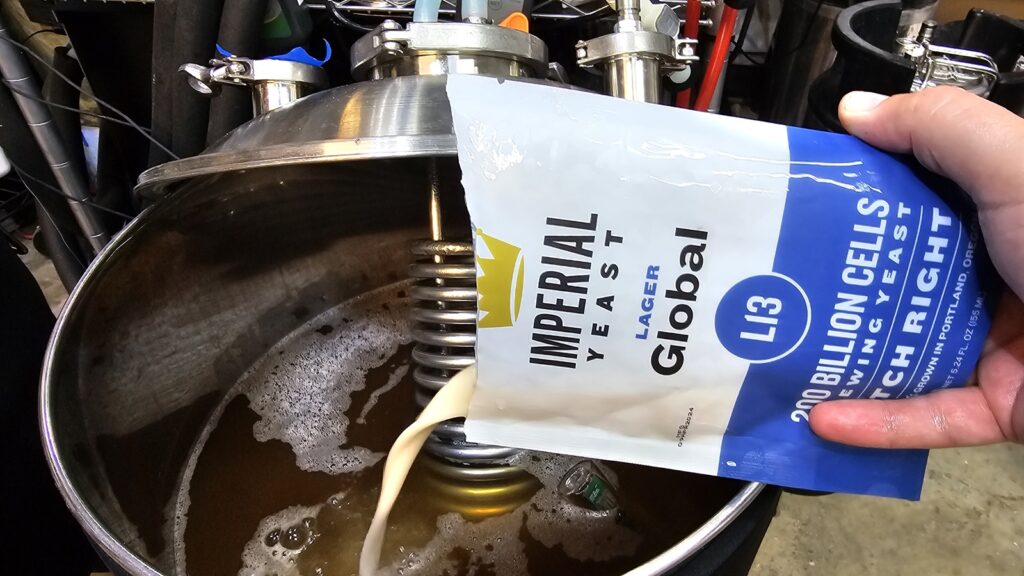
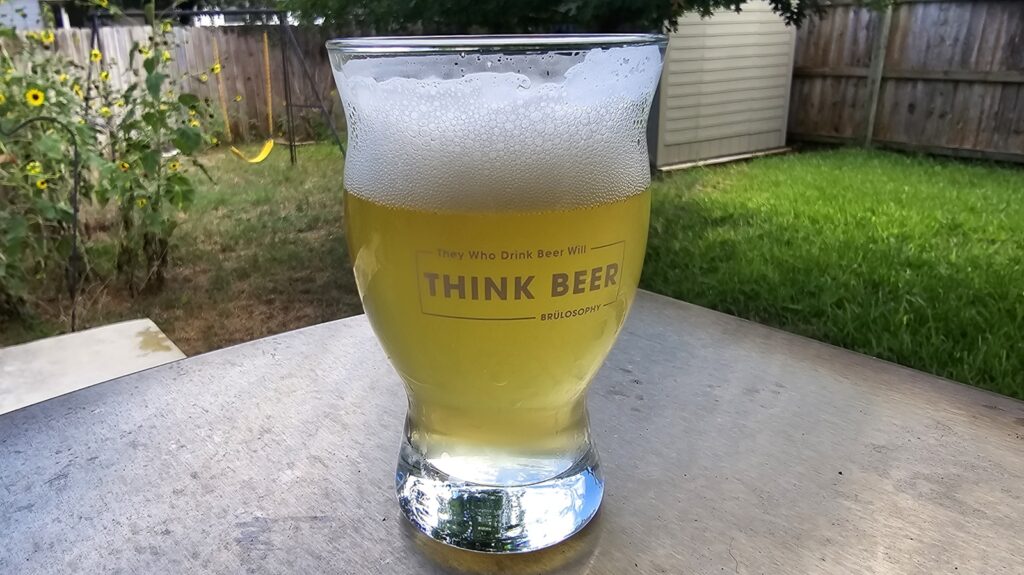

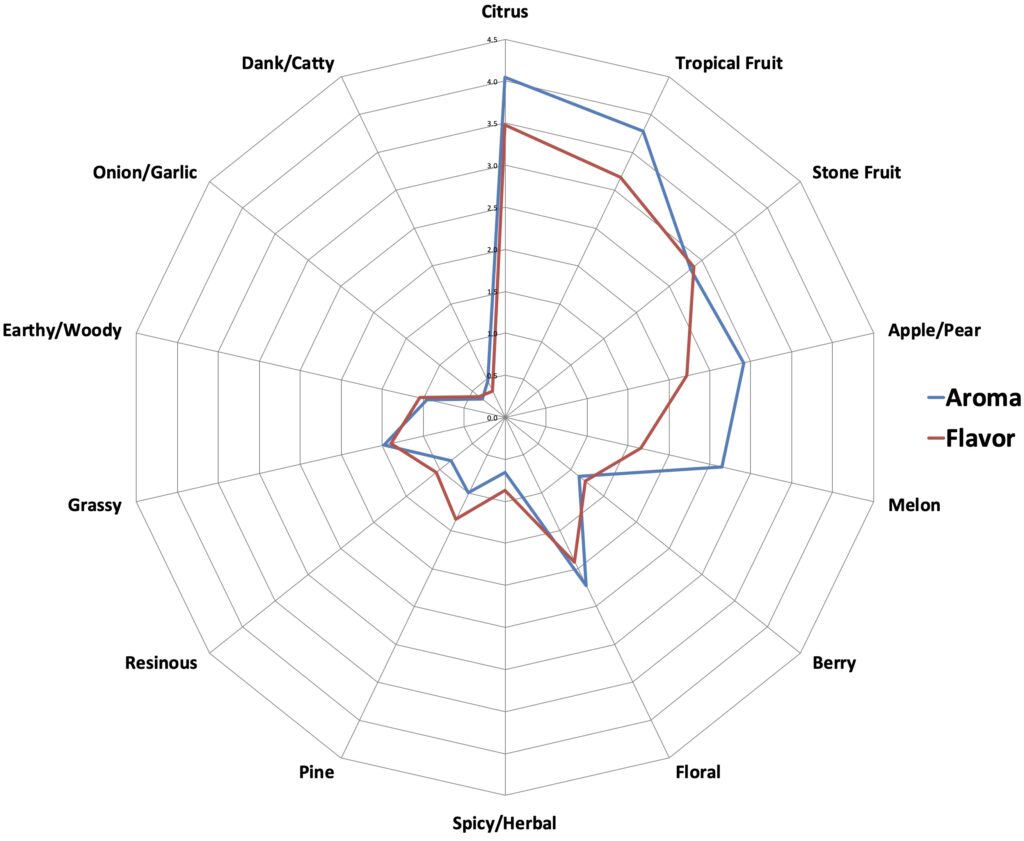
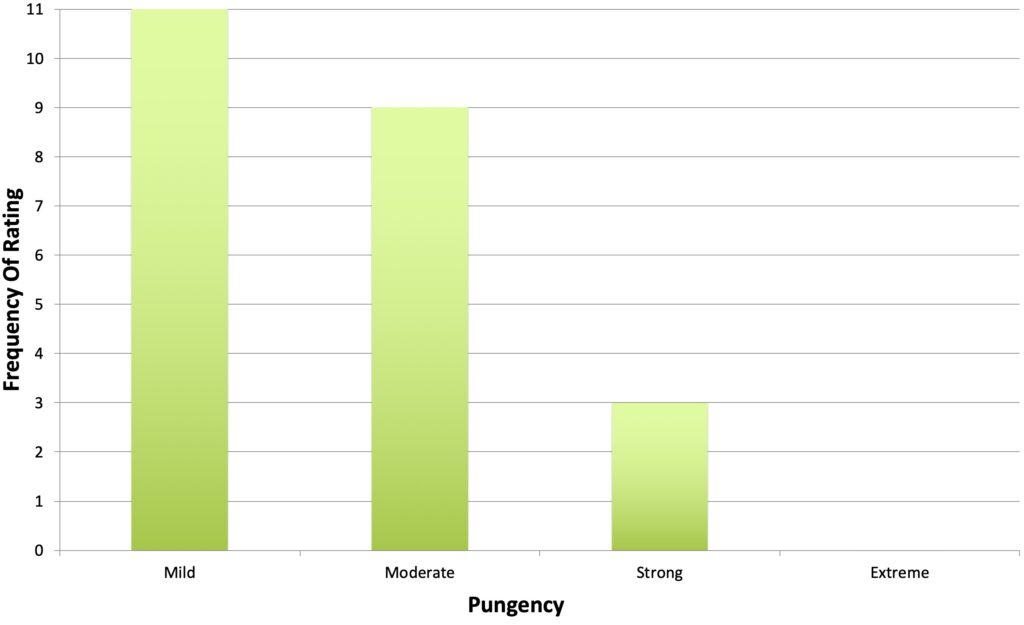
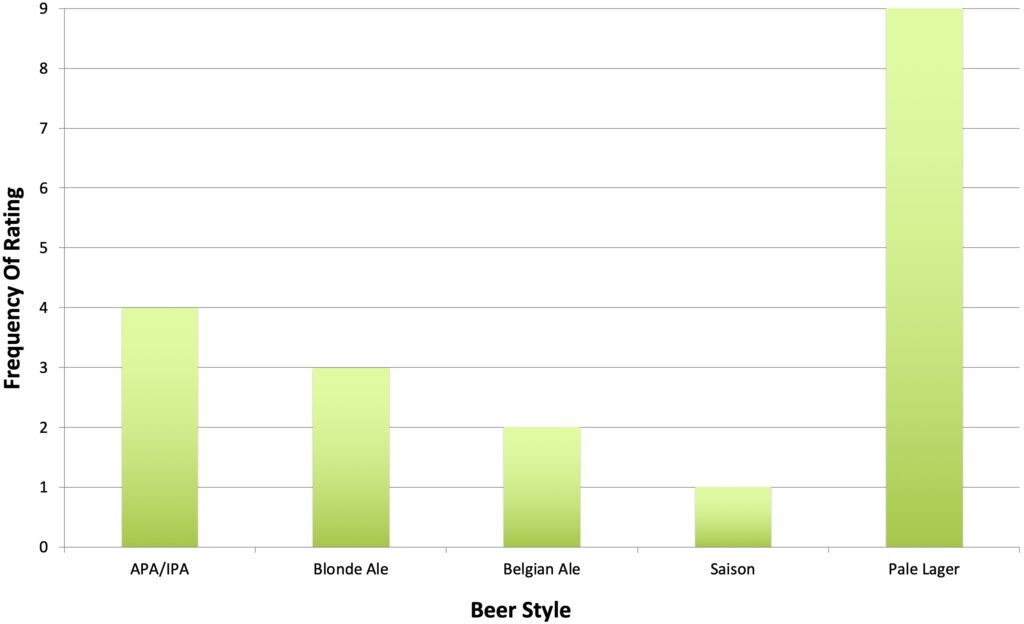
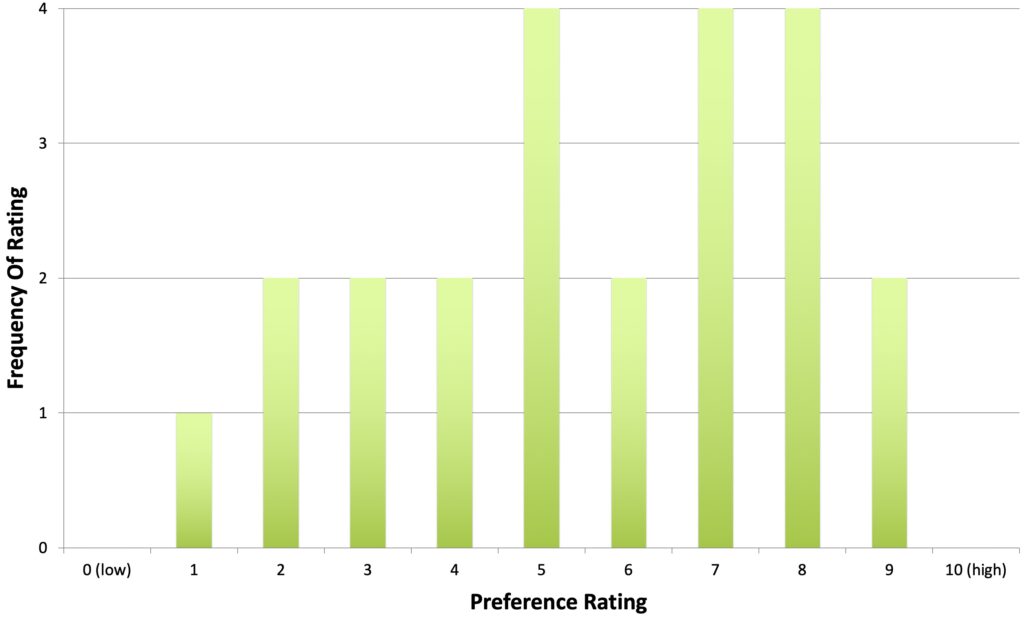











3 thoughts on “The Hop Chronicles | US Saaz (2022) Pale Lager”
Thanks for doing this evaluation. I brew lots of Czech pilsner and have used both CZ and US Saaz. It is tough to get good CZ hops at times. I have 2023 US Saaz whole hops from Hops Direct. They are 6.2% alpha acid. I have seen as high as 8%. The brewer a Laughing Dog Brewing Sandpoint Idaho avoids the higher alpha hops for aroma in his pilsner. I tend to buy US Saaz due to quality and availability. Much of the US Saaz is grown at Elk Farms in Bonners Ferry, ID. I also grow Saaz at home the last 2 years and enjoy fresh hop pilsner now. I did want to ask why ferment at 64F and it would be interesting to do two side by side brews with one US and one CZ.
Cheers,
Jim Dunlap
Jim thanks for the comment. I really liked this beer and was surprised how good it was. I would love to do a CZ vs US Hops, but the issue I’ve found is the difference in AA% is pretty great which makes some complications in xBmt design. Do you go oz for oz with each or do you adjust for IBU calculation, which is notoriously wrong. Hopefully a future crop year will be a little closer together.
For the Hop Chronicles, we tend to warm ferment all of our lagers. Most of our data surrounding global has shown no significant different when fermenting it warm vs cold, so in the interest of time, we decided to keep it as a warm ferment.
Thanks for this xBmt Will! It’s amazing what terroir does with hops. It seems to go both ways! Citrus forward US varieties that are grown here in Germany are said to have a less pronounced citrus character.
I have a question concerning the 5 Minute addition: how long do you leave the hops in and do you start cooling down immediately after flameout? Cheers from Berlin, Immo